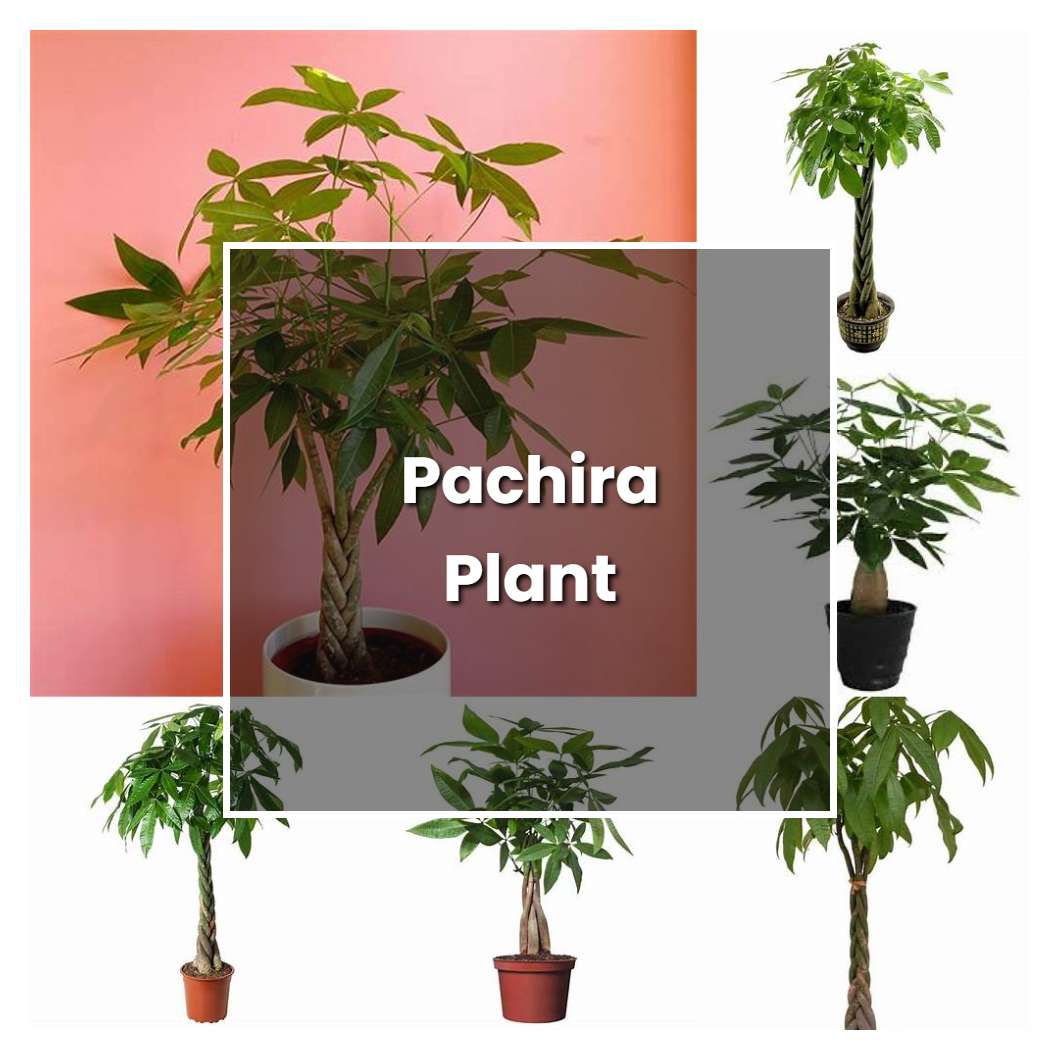Pachira is an ornamental plant that is often used in bonsai. It is native to Central and South America. The pachira plant has shiny green leaves and a trunk that is often braided. The plant can grow to be over 30 feet tall.

Related plant:
Pachira Money Tree
Related plant:
Pachira Aquatica
About soil condition, it should be noted that the pachira does not tolerate poor drainage, so make sure the pot has good drainage holes. The tree does best in humus-rich, moist but well-drained soil. If the soil is too alkaline, it can be amended with peat moss or compost.
Similar to other plants, the Pachira needs sunlight to grow. The amount of sunlight required depends on the variety of Pachira, but most prefer bright, indirect light. Pachiras will do well near a south- or west-facing window. If you dont have a spot like that in your home, you can also grow your Pachira under grow lights.
The temperature condition for a pachira is warm. It should be kept in a room that is between 70 and 80 degrees Fahrenheit. If the temperature is too cold, the plant will not grow as well. If the temperature is too hot, the leaves will start to drop off.
Ideal humidity condition for this plant is around 60-70%. If the humidity is too low, the leaves will become dry and begin to drop off. If the humidity is too high, the leaves will yellow and the plant will become limp.
About fertilizer, usually the plant need more nitrogen, phosphorus and potassium, so choose the fertilizer with more nitrogen, phosphorus and potassium is better. The best way is to make your own fertilizer, such as composting. However, be careful not to over-fertilize, which can damage the roots and kill the plant.
Pruning your pachira is important to maintaining its shape and preventing it from becoming too leggy. You can prune your pachira at any time of year, but late winter or early spring is the best time to do it. Cut back any leggy or straggly branches to encourage new growth. You can also prune to shape your pachira as desired.
Propagation is the process of creating new plants from a parent plant. Pachira is typically propagated via stem cuttings, which can be taken from the parent plant at any time of year. Cuttings should be taken from healthy, non-flowering stems and should be 4-6 inches in length. Cuttings should be placed in a well-draining potting mix and kept moist until they have rooted. Once rooted, pachira can be transplanted into a larger pot or planted in the garden.
Usually, the plant growth rate during the first few years after planting. If the plant is well taken care of, it can grow up to a meter per year. However, the growth rate will eventually slow down as the plant matures.
Common problems for this kind of plant plants are caterpillars, whiteflies, and mealybugs. Caterpillars and whiteflies will feast on the leaves, while mealybugs will attack the stems and leaves. All of these pests can be controlled with regular applications of insecticidal soap.
Source:
Pachira aquatica: Trees of Prosperity - Pennsylvania State
Pachira quinata | Tropical Restoration Library - Yale University
University of WisconsinPlatteville
